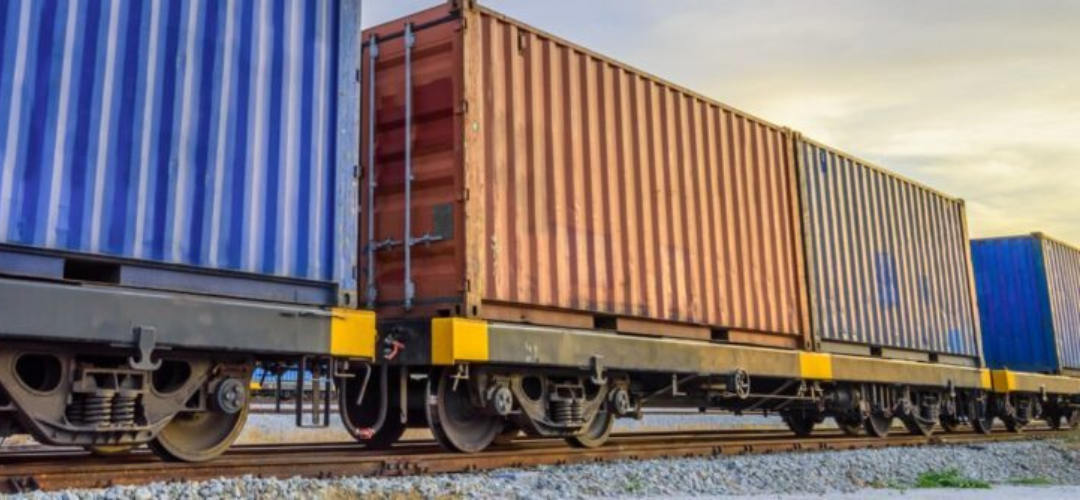The 3 Components to Validate a Culture of Safety
July 13, 2023

Posted by Larry B. Jordan
Last month in my LinkedIn Live (keep an eye out for my next one soon) with DJ Stadtler, we talked about how to promote a culture of safety within the rail industry. It’s not so much about creating one, we know that the culture exists already, but rather how do we validate the safety via data acquisition, analysis, and decision-making? How are we using the data at our disposal to proactively and efficiently develop our safety culture further?
First, the speedy delivery and accuracy of data are absolutely critical. You have to know what you’re dealing with. For example, Wi-Tronix provides real-time information technology that tells users what’s happening on a locomotive at any given moment. We developed this because in order to maintain and bolster safety, you first have to have a clear idea of the situation you’re working with. Having this kind of technology at our disposal gives us even greater ability than ever before to validate our cultures of safety.
Of course, we can have all the information available to us—and in many ways, we do—but if it isn’t being put into the hands of the right people and make decisions based on it, it’s useless. Technology is an integral part of a culture of safety, but fundamentally, it is only a part of it. It’s the first step. The catalyst to get things moving. Having it efficiently going to the right decision-makers helps operators make better decisions faster. This enables even greater safety.
It’s important that leaders in rail organizations recognize the importance of embracing data as a means of innovating. It’s about creating better service for our clients which goes part and parcel with safety. A “better” rail experience is fundamentally a safer one, so leaders don’t need to fear what the data might tell them. DJ and I talked about how when we started in the industry, leaders would sometimes be nervous about seeking out more data because of the uncertainty it held. This has since changed because now we know this data is accurate and put in front of the right people, it’s data that, regardless of what it says, can be used to even better innovate on safety.
Rail is safer now than it has ever been. That’s because, as an industry, we affirm that safety is our highest priority. And it’s that commitment that will keep rail successful well into the future.
